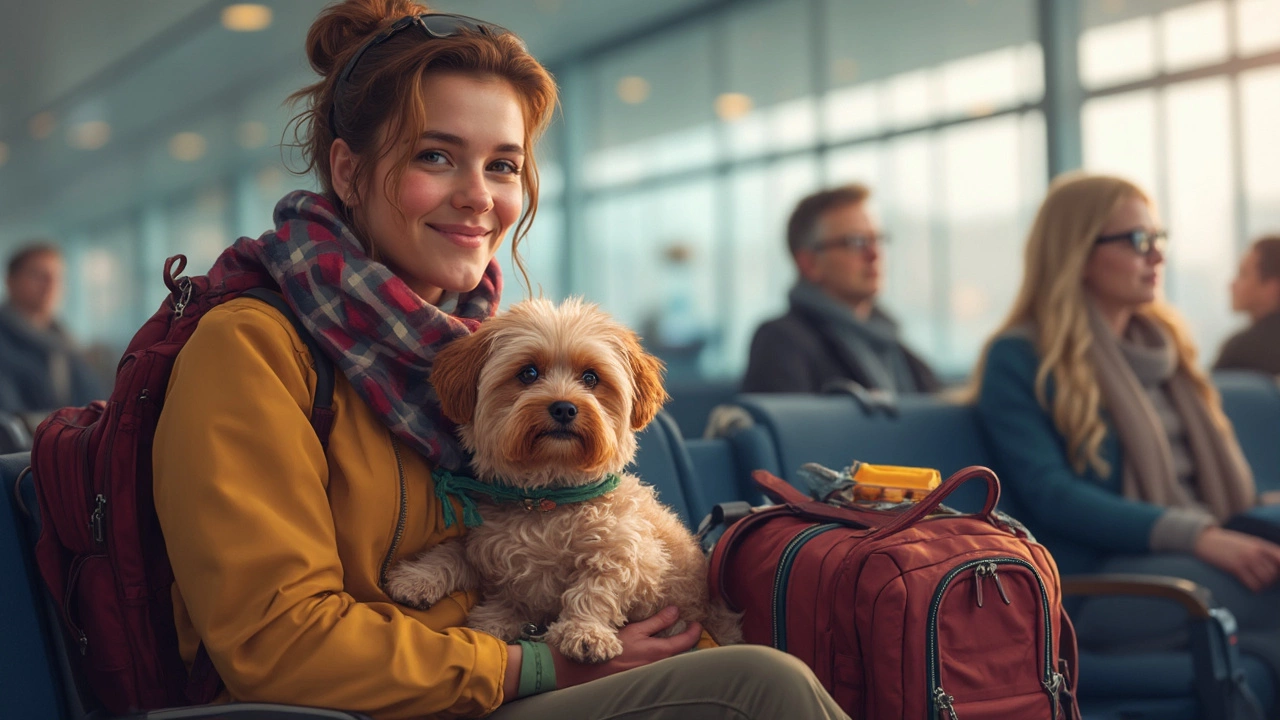Dog Flight Preparation: A Practical Guide for Stress‑Free Travel
Flying with a dog can feel like a big chore, but a little planning turns it into a smooth ride. Below are the must‑do steps that keep you and your pup calm, safe, and ready for take‑off.
Pre‑flight checklist
Health paperwork first. Book a vet visit at least a week before departure. Ask for a health certificate (usually required within 10 days of travel) and verify that vaccinations are up to date. Some airlines also need a parasite‑free statement.
Choose the right carrier. Your dog’s crate must fit airline dimensions and be well‑ventilated. Test it at home: your pup should be able to stand, turn around, and lie down comfortably. Add a familiar blanket or one of your dog’s favorite toys to reduce anxiety.
Pack a travel kit. Include a small water bowl, travel‑size food, poop bags, a leash, and any medication. Put a label on the carrier with your contact info and the dog’s name.
Acclimate the crate. Start a few weeks ahead. Let your dog explore it on their own, then gradually increase the time they spend inside while you’re nearby. Short naps in the crate make the big journey feel less strange.
Feed smart. Give a light meal the night before and avoid a big breakfast on the day of the flight. A full stomach can cause nausea, and an empty one can lead to low blood sugar. Offer a small snack a couple of hours before you head to the airport.
What to expect at the airport
Check‑in early. Arrive at least two hours before a domestic flight and three hours for international trips. This extra time lets you handle paperwork, security, and any last‑minute carrier adjustments.
Security screening. You’ll carry your dog through the metal detector while the carrier goes on the X‑ray belt. Keep your pup on a leash and stay calm – dogs pick up on your mood.
Boarding process. Many airlines let you board with the carrier in the cabin. Have the carrier’s handle ready and a quick‑grab leash. If your dog travels in cargo, confirm the temperature controls and proper labeling.
During the flight. Offer water through a spill‑proof bowl. If the flight is long, a chew treat (like a low‑fat, grain‑free biscuit) can keep your dog occupied. Keep the carrier under the seat in front of you; never place it on the floor where it might slide.
Landing and arrival. Once the seat belt sign is off, calmly open the carrier and let your dog stretch. Take a quick walk outside to relieve any bladder pressure before heading home.
By following these steps, you turn a potentially chaotic experience into a routine you can repeat. Your dog will start to associate travel with calmness, and you’ll feel confident booking the next adventure.

What to Give Your Dog Before a Flight: Essential Tips for Pet Travel
Flying with a dog can be challenging, but being prepared can make all the difference. Knowing what to give your furry friend before takeoff is key to a smooth journey. From medications to calming treats, find out the essentials you need to ensure a comfortable flight for your dog. Discover useful tips and facts that will help keep your pet happy and healthy when traveling by air.
View more